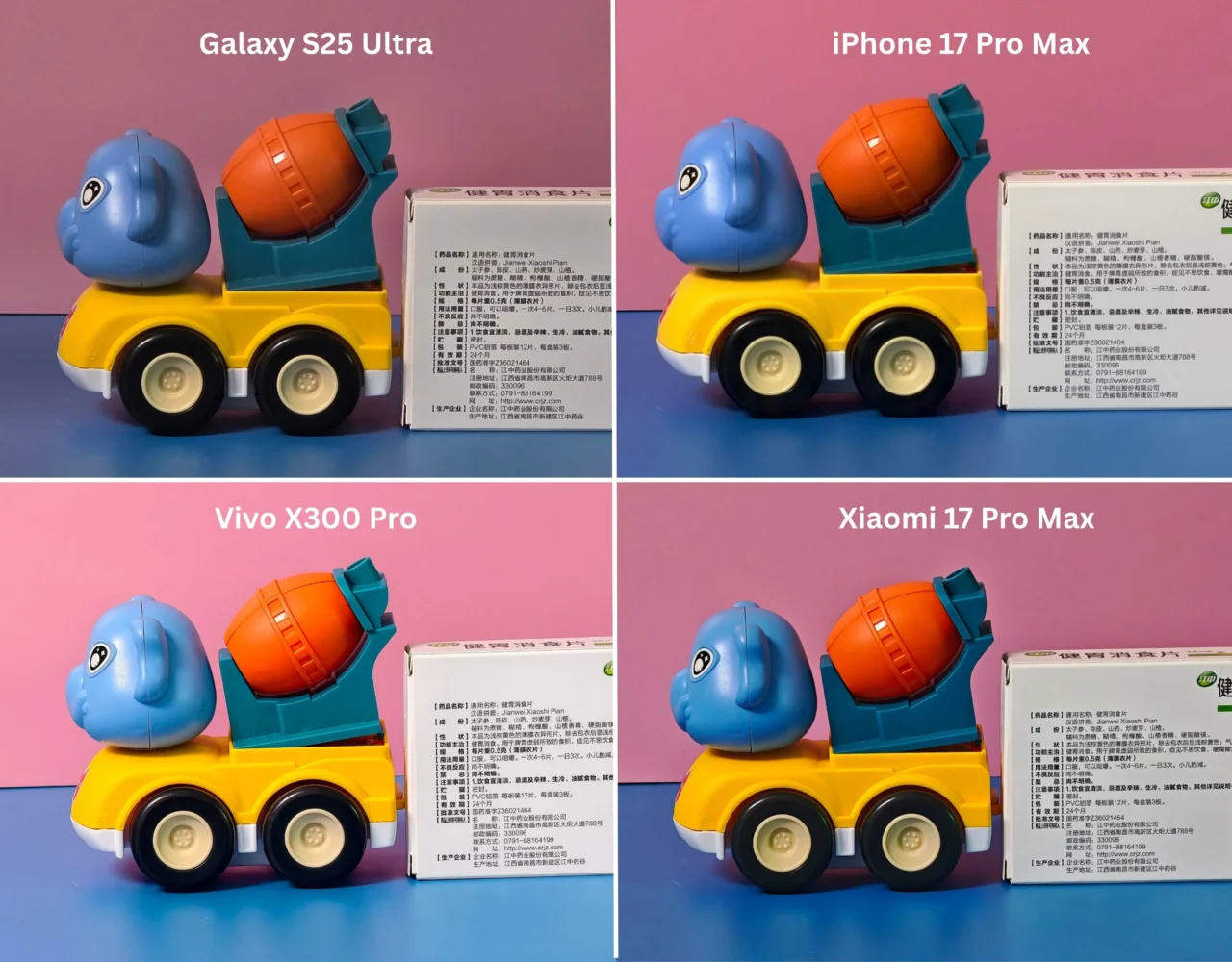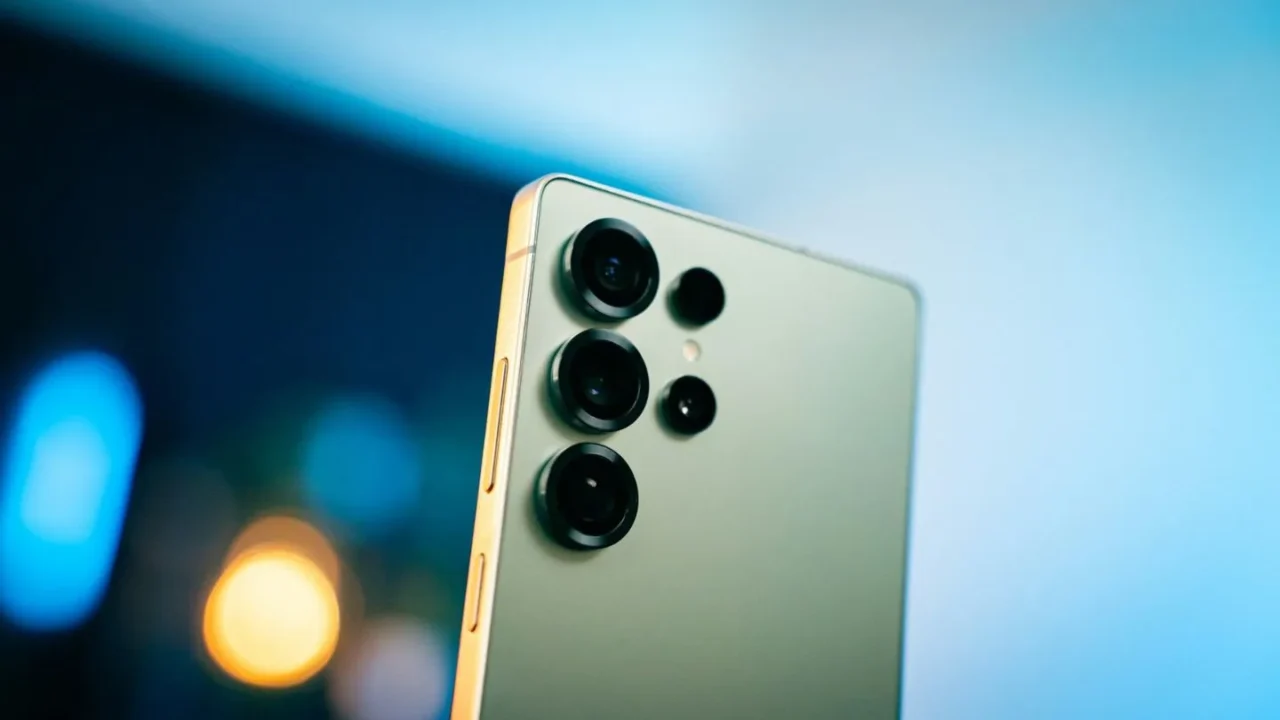The Samsung Galaxy S Ultra series, once celebrated for its incredible zoom performance, is now starting to fall behind the competition. For almost half a decade, Samsung has been using the same camera sensors — the Sony IMX754 and Sony IMX854.
Many users on social media and online forums have been complaining about the lack of real camera upgrades. The only reason Samsung has managed to stay relevant in the zoom game so far is its heavy reliance on software-based image processing.
However, with other smartphone manufacturers stepping up their camera game, the gap is becoming more evident. A new side-by-side camera comparison shared by popular tipster Universe Ice gives us a clear glimpse of how the Galaxy S25 Ultra performs against its rivals at 10x zoom.

From the samples, it’s evident that the Vivo X300 Pro, announced earlier this month, stands out for its vibrant color rendering and accurate exposure. The blue and yellow tones look lively without being oversaturated. The finer details, such as the text on the box, are crisp and noise-free.
On the other hand, the Galaxy S25 Ultra produces duller colors. When you zoom in, the image reveals soft textures along the edges and noticeable background noise.
Coming to the iPhone 17 Pro Max, it delivers a neutral color tone and performs slightly better than the Galaxy S25 Ultra. However, similar issues persist — zooming in exposes softness and minor noise, much like Samsung’s sample.
Meanwhile, the Xiaomi 17 Pro Max also captures a solid shot, and some users might even pick it as their favorite depending on personal preference.
What’s surprising is that a phone like the Vivo X300 Pro, which starts at just $750 in China, can outperform much more expensive flagships like the Galaxy S25 Ultra and iPhone 17 Pro Max in the zoom test.
Earlier this week, the same tipster shared a detailed side-by-side comparison between the Galaxy S25 Ultra and Vivo X300 Pro. The results once again favored Vivo, which outperformed Samsung not only in the zoom test but also in night photography.
Looking ahead, Samsung is expected to launch its next-generation flagship lineup early next year. However, rumors suggest that the Galaxy S26 Ultra might once again use the same camera sensors. This has already frustrated many loyal users who were hoping for real hardware upgrades. While Samsung is likely to double down on AI-based image processing to improve results, it remains to be seen whether that will be enough to catch up with Vivo.
It’s also worth noting that it’s not just about the sensor model — sensor size plays a crucial role too. Both Vivo and Xiaomi are already using larger sensors that capture more light, resulting in better detail and improved low-light photography.


